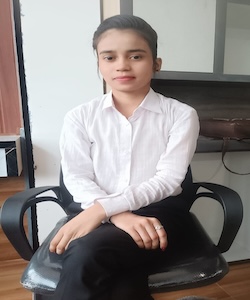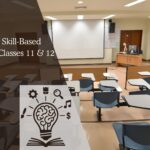Three years after schools reopened from the COVID-19 pandemic, the world continues to face a learning crisis. Studies show that many students still haven’t regained the academic progress lost during lockdowns. The most affected are children from poor or vulnerable backgrounds who lacked access to remote learning. The post-COVID crisis highlights an urgent need for targeted recovery programs and renewed global commitment to education equity.

Key Findings
- Severe Learning Loss: Global data shows students remain months behind in reading and math compared to pre-pandemic levels.
- Unequal Impact: Children from low-income families, rural areas, and marginalized groups suffered the greatest setbacks.
- Slow Recovery: While some improvement has occurred, most education systems have not fully closed the learning gap.
Why the Crisis Continues
- Limited Catch-Up Support: Many countries implemented short-term programs that ended too soon or lacked funding.
- Teacher Challenges: Teachers often lacked resources or training to deliver effective remedial education.
- Digital Divide: Millions of students still lack internet access, computers, or stable learning environments.
- Mental Health Struggles: Stress and trauma from the pandemic continue to affect learning and motivation.
Strategies for Recovery
- Targeted Tutoring – Small-group or one-on-one tutoring helps students who fell furthest behind.
- Accelerated Learning Programs – Focused lessons to rebuild core reading and math skills.
- Teacher Training – Equip educators to identify learning gaps and personalize instruction.
- Extended Learning Time – Extra classes, summer schools, or flexible schedules for catch-up.
- Equity-Based Funding – More resources for low-income schools and vulnerable students.
Conclusion
The post-COVID learning crisis remains one of the biggest global education challenges. Millions of students, especially from disadvantaged backgrounds, are still behind in basic skills.
Without urgent and sustained action—such as tutoring, teacher support, and targeted funding—the gap may widen, creating long-term social and economic consequences. Recovery must focus on equity, inclusion, and resilience to ensure no learner is left behind.
FAQs
1. What is the learning crisis?
Ans: It’s the worldwide drop in students’ learning levels caused by long school closures during COVID-19.
2. How serious is it?
Ans: Students lost about 6 months to 1 year of learning, especially in reading and math.
3. Who suffered the most?
Ans: Poor, rural, and disadvantaged students without online access were most affected.
4. Has learning recovered?
Ans: Not fully. Many students are still behind, and progress is slow.
5. Why is recovery difficult?
Ans: Lack of funding, limited teacher support, and poor access to learning tools.

My self Anita Sahani. I have completed my B.Com from Purbanchal College Silapathar. I am working in Dev Library as a Content Manager. A website that provides all SCERT, NCERT 3 to 12, and BA, B.com, B.Sc, and Computer Science with Post Graduate Notes & Suggestions, Novel, eBooks, Health, Finance, Biography, Quotes, Study Materials, and more.







